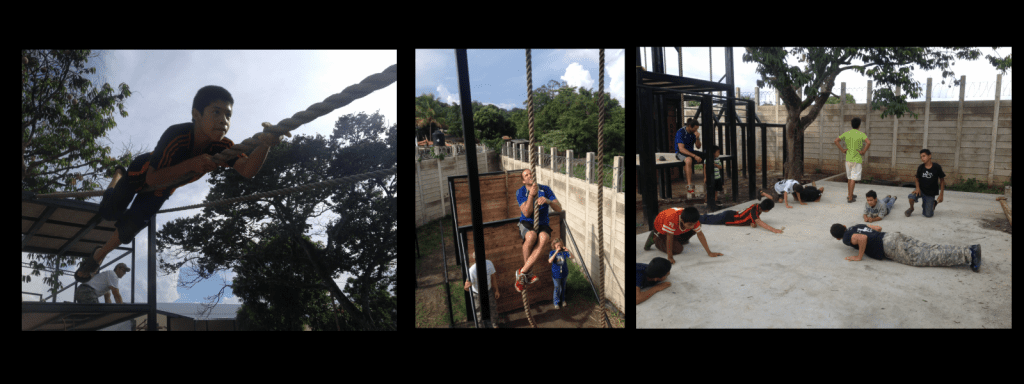Introduction
Developing a healthy self-image is crucial for overall well-being and success in life. However, numerous roadblocks can hinder this process, especially in today’s fast-paced and socially connected world. This article explores the various obstacles individuals face in developing a positive self-image, providing insights and strategies to overcome these challenges.
The Influence of Social Media
Social media plays a significant role in shaping self-image, particularly among young people. While it offers opportunities for connection and self-expression, it also presents numerous challenges.
Comparison Culture: One of the most pervasive issues with social media is the culture of comparison it fosters. Users often compare their lives, bodies, and achievements with those of others, leading to feelings of inadequacy and low self-esteem. A 2021 study by the Royal Society for Public Health found that 70% of young people reported feeling worse about their own lives after looking at social media.
Curated Realities: Social media platforms are filled with highly curated and edited images that portray an unrealistic standard of beauty and success. This constant exposure to idealized versions of reality can distort self-perception and lead to dissatisfaction with one’s own life and appearance.
Cyberbullying: Cyberbullying is another significant roadblock to developing a healthy self-image. According to the Cyberbullying Research Center, 37% of young people have been victims of online harassment. Victims of cyberbullying often experience severe emotional distress, leading to a negative self-image and mental health issues such as anxiety and depression.
Societal and Cultural Pressures
Societal and cultural norms heavily influence self-image, often creating unrealistic expectations and pressures.
Beauty Standards: Cultural standards of beauty, perpetuated by media and advertising, often set unattainable goals for appearance. This can lead to body dissatisfaction, eating disorders, and a negative self-image. A study published in the Journal of Youth and Adolescence found that exposure to media images of thin ideals was associated with increased body dissatisfaction among adolescents.
Gender Stereotypes: Gender stereotypes also contribute to negative self-image. For example, boys may feel pressure to conform to ideals of toughness and stoicism, while girls may feel compelled to meet standards of beauty and docility. These stereotypes limit individuals’ self-expression and can lead to a diminished sense of self-worth.
Cultural Expectations: Cultural expectations regarding success, family roles, and behavior can also impact self-image. For instance, in some cultures, there is immense pressure to achieve academically and professionally, which can lead to stress and feelings of inadequacy if these expectations are not met.
Psychological Factors
Psychological factors, including cognitive patterns and emotional health, play a crucial role in shaping self-image.
Negative Self-Talk: Negative self-talk, or the habit of thinking self-critical thoughts, can severely damage self-image. Individuals who constantly berate themselves for perceived flaws or failures are more likely to develop a negative self-perception. Cognitive-behavioral therapy (CBT) has shown that challenging and changing these negative thought patterns can significantly improve self-esteem.
Perfectionism: Perfectionism, or the need to be flawless, can also be a significant roadblock. Perfectionists often set unattainably high standards for themselves and view any deviation from these standards as failure. This constant striving for perfection can lead to chronic dissatisfaction and a negative self-image.
Trauma and Abuse: Past trauma and abuse, whether physical, emotional, or sexual, can have long-lasting effects on self-image. Survivors of abuse often internalize negative beliefs about themselves, feeling unworthy or unlovable. Therapy and support groups can be crucial in helping individuals heal and rebuild a positive self-image.
Family Dynamics
The family environment is a critical factor in the development of self-image.
Parental Influence: Parents and caregivers play a significant role in shaping a child’s self-image. Positive reinforcement and supportive parenting practices can foster a healthy self-image, while criticism, neglect, or unrealistic expectations can lead to self-doubt and low self-esteem. According to a study in the Journal of Family Psychology, children who receive positive affirmations from their parents are more likely to develop high self-esteem.
Sibling Relationships: Sibling relationships can also impact self-image. Comparisons between siblings by parents or others can create feelings of inadequacy and competition, negatively affecting self-perception.
Family Dynamics: Dysfunctional family dynamics, such as conflict, lack of communication, or emotional unavailability, can hinder the development of a positive self-image. In contrast, a supportive and nurturing family environment can help individuals feel valued and confident.
Environmental Factors
Environmental factors, including socioeconomic status and community influences, also play a role in self-image development.
Socioeconomic Status: Individuals from lower socioeconomic backgrounds may face additional challenges in developing a healthy self-image. Financial stress, lack of access to resources, and societal stigma can contribute to feelings of inferiority and low self-worth. A study in the Journal of Social Issues found that socioeconomic status is a significant predictor of self-esteem, with lower status associated with lower self-esteem.
Community and Peer Influences: The communities and peer groups individuals are part of can either support or hinder the development of a healthy self-image. Positive, inclusive communities that promote acceptance and diversity can foster self-esteem, while negative peer influences and community stigma can contribute to a negative self-image.

Strategies to Overcome Roadblocks
Addressing the roadblocks to developing a healthy self-image requires a multifaceted approach.
Media Literacy: Teaching media literacy can help individuals critically evaluate the content they consume and recognize unrealistic portrayals. Schools and parents can play a key role in promoting media literacy and encouraging healthy social media habits.
Challenging Societal Norms: Encouraging individuals to challenge societal and cultural norms can help reduce the pressure to conform to unrealistic standards. Promoting diversity and inclusivity in media, workplaces, and communities can also support this effort.
Cognitive-Behavioral Strategies: Cognitive-behavioral strategies, such as challenging negative self-talk and setting realistic goals, can be effective in improving self-image. Therapy and counseling can provide additional support for individuals struggling with perfectionism, trauma, or other psychological issues.
Family Support: Creating a supportive family environment is crucial. Parents can foster a positive self-image in their children by offering praise, support, and open communication. Family therapy can also be beneficial in addressing dysfunctional dynamics.
Community Programs: Community programs that promote inclusion, provide resources, and offer support can help individuals from all backgrounds develop a positive self-image. Mentorship programs, support groups, and educational workshops can play a significant role in this effort.
Self-Care Practices: Encouraging self-care practices that promote physical and mental well-being is essential. Regular exercise, healthy eating, mindfulness, and hobbies can help individuals feel better about themselves and improve their overall self-image.
Conclusion
Developing a healthy self-image is a complex process influenced by numerous factors, including social media, societal pressures, psychological patterns, family dynamics, and environmental influences. By understanding these roadblocks and implementing strategies to overcome them, individuals can build a positive self-image and improve their overall well-being.
Promoting media literacy, challenging societal norms, employing cognitive-behavioral strategies, fostering family support, and encouraging community involvement are all critical steps in this journey. Additionally, self-care practices that support physical and mental health can further enhance self-image.
Addressing the roadblocks to developing a healthy self-image requires a collective effort from individuals, families, educators, policymakers, and communities. By working together, we can create an environment that supports positive self-perception and mental well-being for all.




